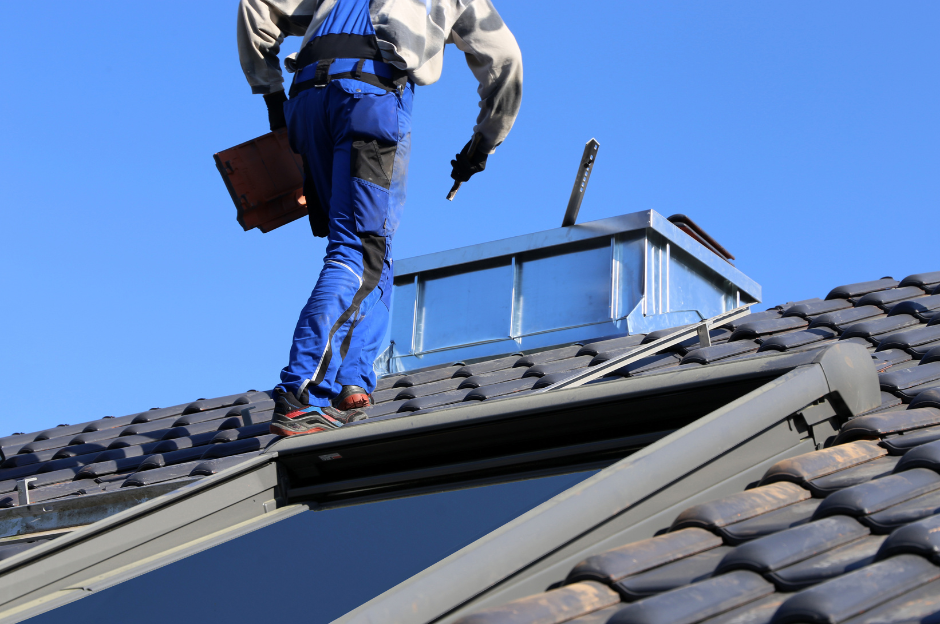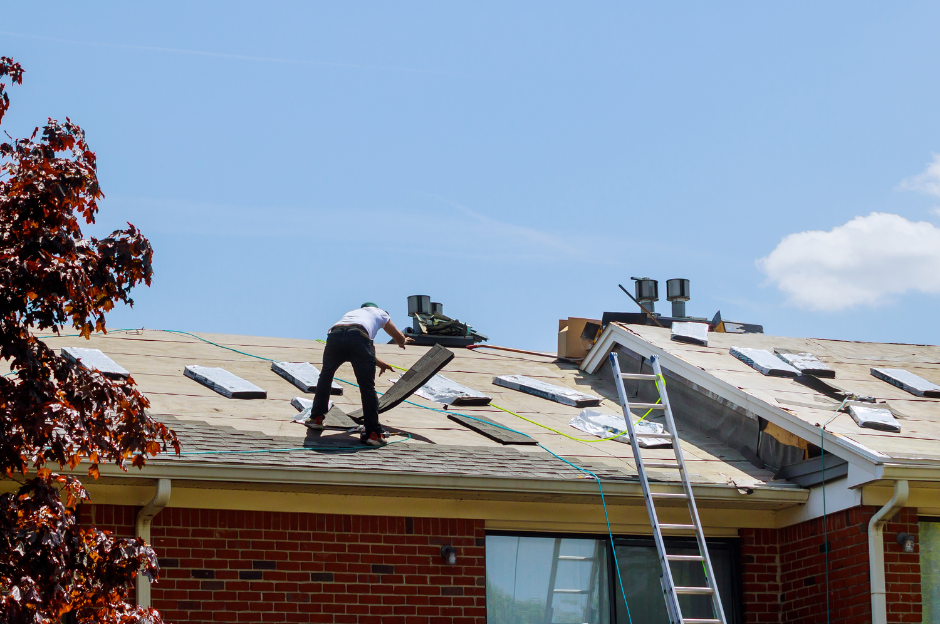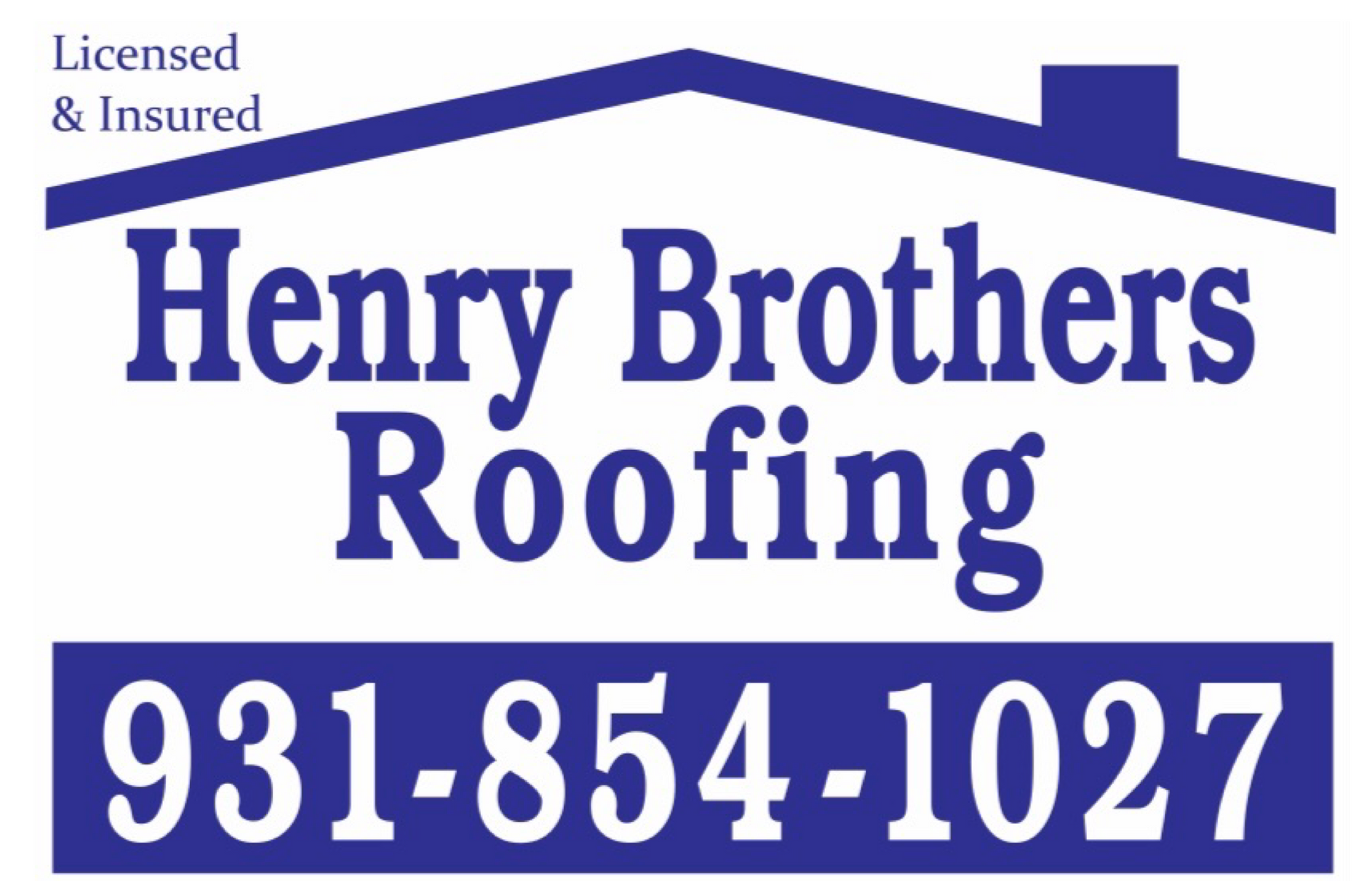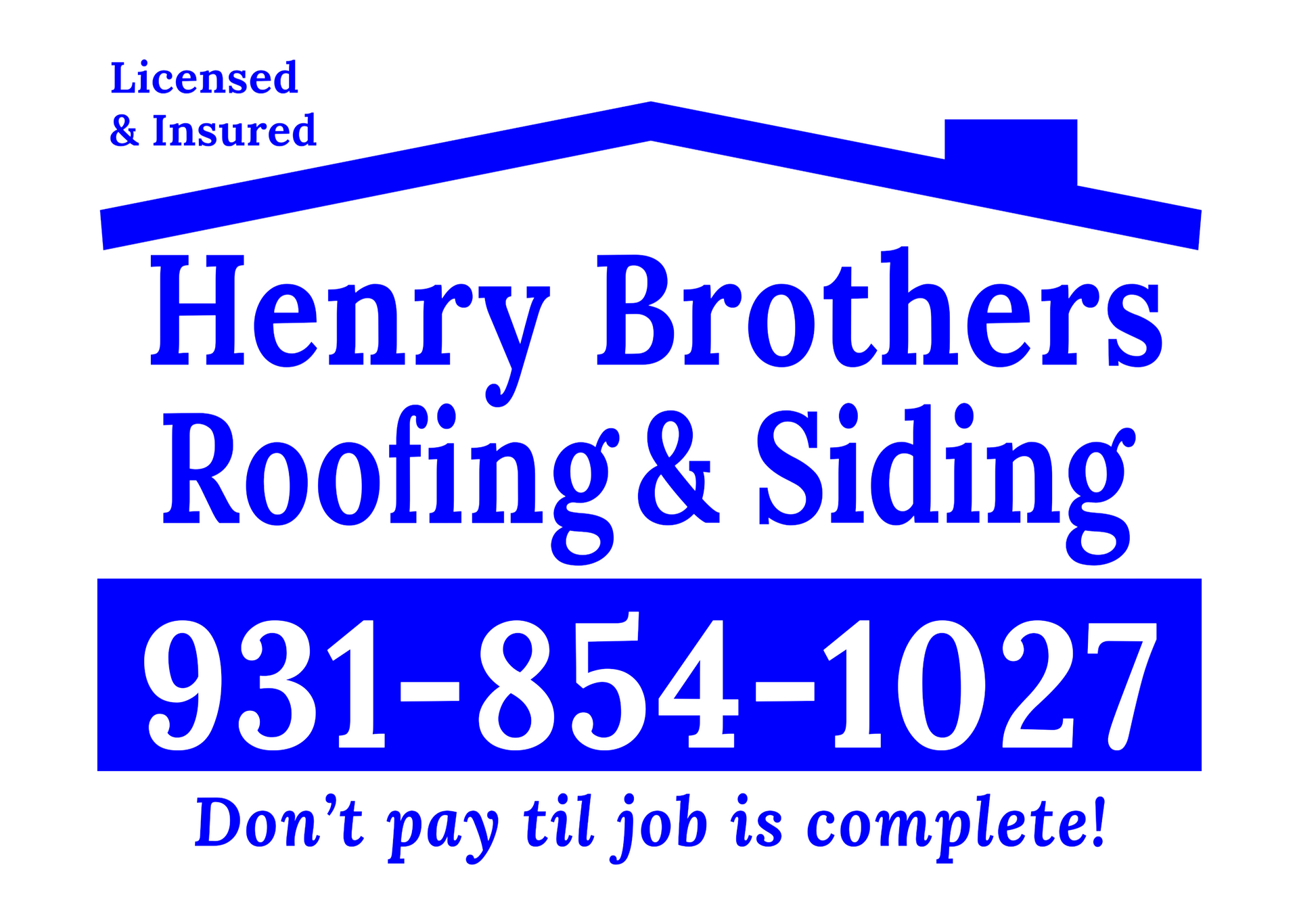Seamless Roofing Solutions: Aesthetic Appeal with Minimal Maintenance
November 3, 2024

When it comes to roofing, homeowners today seek not only functionality but also a balance of style and durability. Seamless roofing solutions provide exactly that—aesthetically appealing roofs that require minimal maintenance. Unlike traditional roofing options that often involve overlapping materials and visible seams, seamless roofs create a sleek, modern look while offering strong protection against the elements. This post delves into the advantages of seamless roofing, its aesthetic benefits, maintenance requirements, and why it’s becoming a top choice for homeowners and property developers alike.
What Is Seamless Roofing?
Seamless roofing refers to roofing systems designed without seams or joints. Traditional roofing methods involve installing shingles, tiles, or panels with overlaps, which creates visible seams. These seams can become vulnerable over time, allowing water, debris, and other elements to seep through, potentially leading to leaks or other damage. Seamless roofing, on the other hand, typically uses single sheets or continuous membranes that eliminate the need for joints, creating a smooth, uninterrupted surface.
Common Types of Seamless Roofing:
Seamless Metal Roofing – This includes aluminum or steel panels that are custom-cut and fitted to cover the entire roof without visible seams.
Spray Polyurethane Foam (SPF) – A liquid that is sprayed on the roof surface and hardens into a seamless, weather-resistant layer.
Single-Ply Membranes – This includes materials like TPO (thermoplastic olefin) and EPDM (ethylene propylene diene terpolymer), commonly used on flat or low-slope roofs.
The Aesthetic Appeal of Seamless Roofing Solutions
Seamless roofing’s sleek design provides a modern, minimalist look that appeals to homeowners with a contemporary aesthetic. Unlike traditional shingles or tiles that break up the roof’s surface, seamless roofing offers a clean, streamlined appearance. This seamless surface can complement various architectural styles, from modern minimalist to classic, depending on the roofing material and color chosen.
Key Aesthetic Benefits of Seamless Roofing:
Smooth, Uninterrupted Finish: A seamless roof creates a consistent look, enhancing curb appeal and giving homes a refined appearance.
Versatility in Design: Seamless roofing materials come in a variety of colors and finishes, allowing homeowners to customize the look to match their property.
Complementary to Modern Architecture: The smooth look of seamless roofs aligns well with modern architectural trends, which emphasize simplicity, elegance, and cohesion.
Long-Lasting Color and Finish: Most seamless roofing materials resist fading, maintaining their color and appeal for years without the need for repainting or frequent touch-ups.
Minimal Maintenance: A Key Advantage of Seamless Roofing
One of the most significant benefits of seamless roofing is the low maintenance it requires. The absence of seams reduces common issues seen in traditional roofing, such as water penetration and debris accumulation. With fewer vulnerabilities to weather and structural wear, seamless roofs demand minimal upkeep, saving homeowners time and money in the long run.
How Seamless Roofing Reduces Maintenance Needs:
Water Resistance: Seamless roofing materials are designed to repel water, preventing leaks and reducing the need for frequent inspections or repairs.
Debris-Free Design: The smooth surface of seamless roofs means there are fewer nooks and crannies for debris to collect, helping to maintain a clean appearance and prevent mold or moss growth.
UV and Weather Protection: Many seamless roofing options are treated to withstand harsh weather and UV rays, which keeps them in better condition for longer periods.
Durability and Long Lifespan: The high-quality materials used in seamless roofing systems, such as metal and SPF, provide enhanced durability, often lasting decades with minimal intervention.
Types of Seamless Roofing Materials and Their Maintenance Needs
While seamless roofing generally requires minimal maintenance, the specific needs can vary depending on the material used. Let’s look at some popular seamless roofing options and what homeowners can expect regarding upkeep.
1. Seamless Metal Roofing
Metal roofing is a popular choice for seamless applications due to its strength and longevity. Aluminum and steel panels can be custom-sized to cover the roof without gaps or overlaps, creating a smooth and durable surface.
Maintenance Tips: Metal roofs may need periodic inspections to ensure no corrosion or rust has developed, especially in areas with high humidity or salt exposure. However, modern metal roofing is often treated with rust-resistant coatings, making maintenance relatively simple.
Lifespan: Up to 50 years or more with minimal maintenance, making it a highly durable and cost-effective choice.
2. Spray Polyurethane Foam (SPF)
SPF roofing involves spraying a liquid foam on the roof surface that expands and hardens into a seamless layer. This option is particularly popular for flat roofs and offers excellent insulation properties.
Maintenance Tips: SPF roofing should be inspected annually to ensure no punctures or UV-related wear. However, repairs can often be done by simply reapplying foam to affected areas, making it easy to maintain.
Lifespan: Typically lasts around 20-30 years with proper care.
3. Single-Ply Membranes (TPO and EPDM)
These are synthetic materials that can be installed as continuous sheets, making them ideal for flat or low-sloped roofs. Both TPO and EPDM offer good weather resistance and are commonly used in commercial and residential properties.
Maintenance Tips: TPO and EPDM roofs generally require very little upkeep. Occasional cleaning to remove debris and dirt buildup may be necessary, but the seamless design minimizes the risk of damage.
Lifespan: Between 15 and 30 years, depending on climate and installation quality.
Environmental Benefits of Seamless Roofing Solutions
Seamless roofing solutions not only reduce maintenance but also provide environmental benefits, making them a sustainable choice for eco-conscious homeowners.
Energy Efficiency: Many seamless roofing materials, such as SPF and TPO, have insulating properties that reduce heat transfer, helping to maintain indoor temperatures and lowering energy bills.
Reflective Properties: Metal and some single-ply membranes have reflective surfaces that can help deflect sunlight, reducing heat buildup and the need for air conditioning.
Reduced Material Waste: Seamless roofing systems use fewer materials during installation, minimizing waste. Additionally, the long lifespan of these roofs reduces the need for replacements, lowering the overall environmental impact.
Cost Considerations for Seamless Roofing
While seamless roofing systems may have a higher initial cost than traditional options, their durability, low maintenance, and energy efficiency make them a smart long-term investment. Here are some factors that influence the cost:
Material Selection: Premium materials like metal are generally more expensive but offer long-term savings due to their longevity.
Labor Costs: Seamless roofing installation requires skilled labor, especially for custom-fitted or sprayed applications, which can increase upfront expenses.
Energy Savings: Homeowners may see a reduction in energy bills due to the insulation and reflectivity of seamless roofing, which helps offset initial costs.
Choosing the Right Seamless Roofing Solution for Your Home
Selecting the right seamless roofing solution depends on factors like climate, roof slope, budget, and personal aesthetic preferences. Consulting a professional roofing contractor can help you make the best choice, as they can assess your home’s unique needs and recommend materials suited to your location and style.
Consider Climate: In areas with high rainfall, SPF or TPO may provide superior water resistance. For regions prone to snow or extreme temperatures, metal may be the best choice.
Evaluate Roof Slope: Some seamless options, like single-ply membranes, are designed specifically for flat roofs, while metal roofs are better suited to steeper slopes.
Match Aesthetic Preferences: Choose materials and finishes that complement your home’s architecture. Metal roofing, for example, offers a sleek, modern look, while SPF can be painted to blend seamlessly with your existing color scheme.
Henry Brothers Blog

Multi-family buildings pose unique challenges for roofing—requiring durable, efficient, and cost-effective solutions that serve multiple households simultaneously. Selecting the right system and partner can significantly impact long-term maintenance and energy bills. Common Roofing Challenges in Multi-Family Properties Large surface areas Multiple penetrations (vents, HVAC units) Noise and disruption during installation High foot traffic for maintenance Energy efficiency Efficient Roofing Materials TPO (Thermoplastic Polyolefin): Lightweight, reflective, and energy-efficient. Ideal for flat or low-slope roofs. Modified Bitumen: Offers durability and weather resistance. Works well for larger structures. Metal Roofing: Long-lasting and low-maintenance. Higher upfront costs but excellent ROI. Asphalt Shingles: Budget-friendly and easy to repair. Better for pitched multi-family homes. Affordability Strategies Bulk Purchasing Discounts: Roofers often offer lower rates for large-scale projects. Energy Rebates and Tax Credits: Cool roofing materials may qualify for incentives. Roof Coatings: Extend lifespan and defer full replacements. Preventive Maintenance Plans: Regular inspections reduce major repair costs. Partnering with the Right Contractor Choose a roofing contractor experienced in multi-family dwellings. Look for: References from similar projects Warranty offerings Insurance and licensing Clear timelines and communication protocols

Your roof is one of the most defining features of your home’s architecture. A well-designed roof complements the style, era, and character of your house, enhancing both curb appeal and value. Whether you own a modern home, a Victorian masterpiece, or a Mediterranean villa, choosing the right roofing materials and design is essential. This article explores custom roofing solutions for different architectural styles, ensuring your roof is both aesthetic and functional. 1. Why Custom Roofing Matters A one-size-fits-all approach doesn’t work for roofing. Here's why customization is key: 🏡 Preserves Architectural Integrity The roof should match the home's era and design. A poorly chosen roof can clash with the architecture and reduce property value. 💰 Boosts Home Value & Curb Appeal A well-matched roof enhances visual appeal, making your home stand out. Homebuyers prefer houses with roofs that fit the overall design. 🌦 Enhances Durability & Efficiency Custom roofing accounts for climate, slope, and insulation. Choosing the right materials ensures longer roof life and energy efficiency. 2. Best Roofing Materials for Different Architectural Styles 🏗 Modern & Contemporary Homes Modern architecture focuses on clean lines, minimalism, and energy efficiency. Best Roofing Options: ✅ Flat Roofs – Achieve a sleek, contemporary look. ✅ Metal Roofing – Durable and complements modern aesthetics. ✅ Green Roofs – Eco-friendly and visually striking. ✅ Solar Panels – Integrate renewable energy solutions. 🏰 Victorian & Gothic Revival Homes These homes have steep-pitched roofs, turrets, and elaborate detailing. Best Roofing Options: ✅ Slate Tiles – Classic, long-lasting, and historically accurate. ✅ Wood Shingles – Adds charm and natural beauty. ✅ Decorative Metal Accents – Enhances ornate Victorian designs. 🏝 Mediterranean & Spanish-Style Homes Inspired by European coastal homes, these feature stucco walls and curved archways. Best Roofing Options: ✅ Clay or Terracotta Tiles – Traditional, weather-resistant, and elegant. ✅ Concrete Tiles – Durable and available in various textures and colors. ✅ Synthetic Spanish Tiles – Modern, lightweight alternatives with classic appeal. 🌲 Rustic & Cabin-Style Homes These homes emphasize natural materials and a cozy aesthetic. Best Roofing Options: ✅ Wood Shakes – Blends seamlessly with wooded surroundings. ✅ Metal Roofing (Rustic Finish) – Durable with a weathered, natural look. ✅ Green Roofs – Enhances sustainability and insulation. 🏡 Colonial & Traditional Homes These timeless homes focus on symmetry and classic proportions. Best Roofing Options: ✅ Asphalt Shingles – Affordable and available in classic shades. ✅ Slate Roofing – Elegant and historically accurate. ✅ Copper or Metal Accents – Enhances historic charm. 🏛 Mid-Century Modern Homes This style features low-sloped roofs, large windows, and open spaces. Best Roofing Options: ✅ Flat or Low-Slope Roofs – Clean, minimalistic aesthetic. ✅ Rubber or Membrane Roofing – Ideal for low-pitch roofs. ✅ Green or Living Roofs – Complements eco-conscious designs. 🏰 Tudor-Style Homes Tudor homes have steeply pitched gables and decorative half-timbering. Best Roofing Options: ✅ Wood or Synthetic Shake Shingles – Traditional and authentic. ✅ Slate Roofing – Enhances historic charm and durability. ✅ Architectural Asphalt Shingles – Mimics wood or slate at a lower cost. 3. Custom Roofing Features to Consider Beyond materials, adding customized elements can elevate your roof’s design. 🔹 Roof Color & Texture Dark roofs enhance historic and formal homes. Light-colored roofs reflect heat, ideal for warm climates. Textured materials (slate, shakes) add visual depth. 🏠 Roof Shape & Pitch Steep roofs fit Gothic and Victorian styles. Flat or low-sloped roofs match modern homes. Custom pitches enhance energy efficiency and durability. 🔆 Skylights & Roof Windows Adds natural light and enhances ventilation. Works well in modern, contemporary, and rustic homes. 🌞 Solar Roofing & Smart Technology Solar shingles blend seamlessly into modern & eco-friendly homes. Smart roofing systems adjust ventilation & insulation automatically. 4. Custom Roofing: How to Get Started 1️⃣ Consult a Roofing Expert Work with an architect or contractor specializing in custom roofs. Ensure they understand historical accuracy and climate considerations. 2️⃣ Choose High-Quality Materials Invest in durability, energy efficiency, and aesthetics. Select roofing that aligns with your home’s style and longevity needs. 3️⃣ Consider Long-Term Costs & ROI Some materials have higher upfront costs but last longer and increase home value. Energy-efficient options can reduce heating and cooling expenses. 4️⃣ Verify Local Building Codes Some roofing styles require special permits. Ensure compliance with HOA guidelines and historical district regulations.


